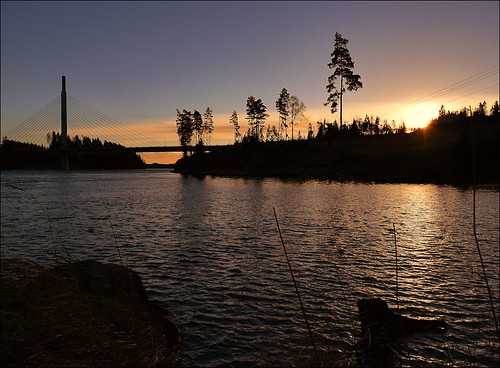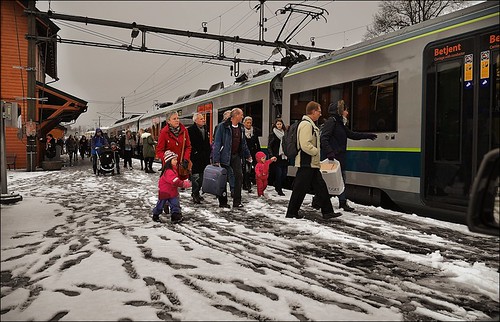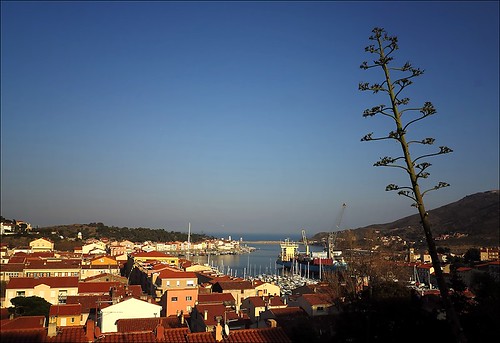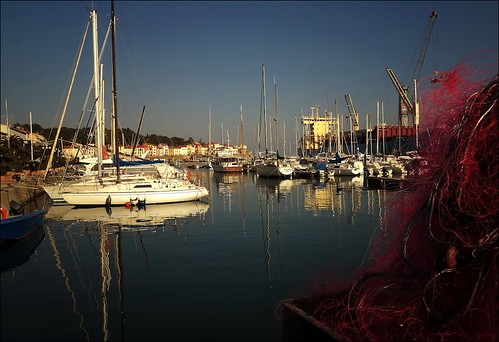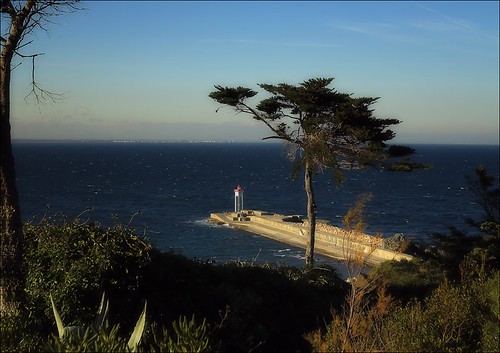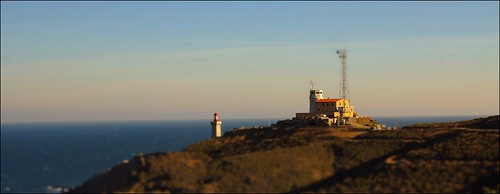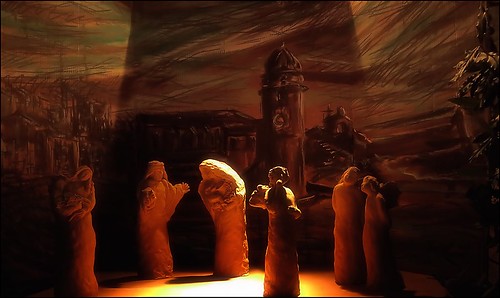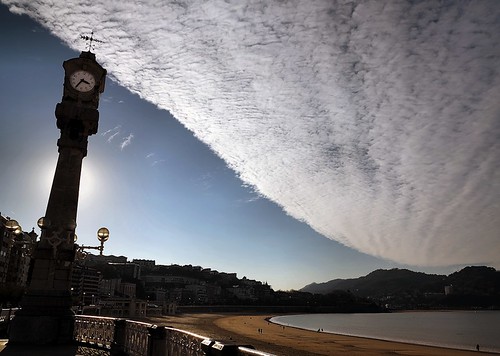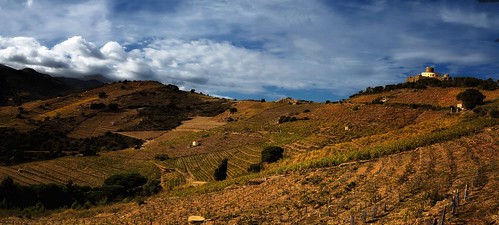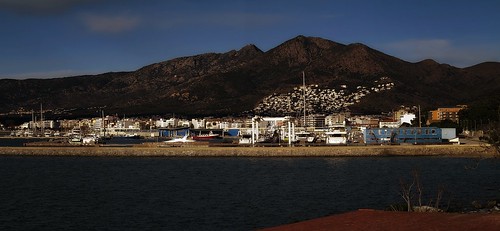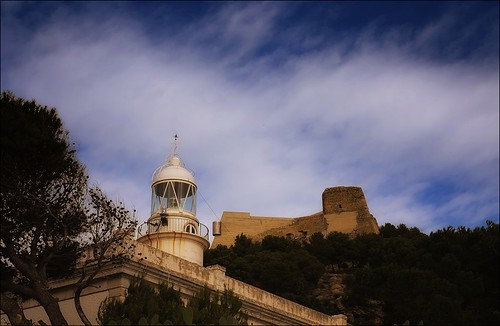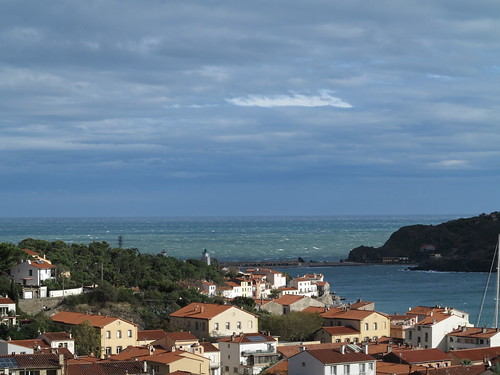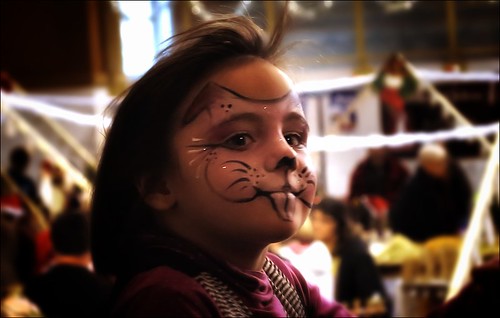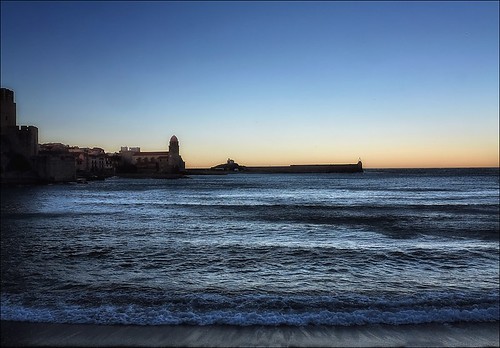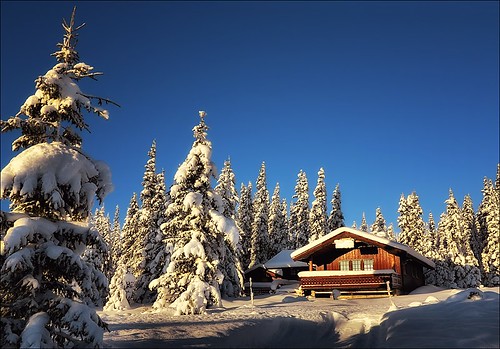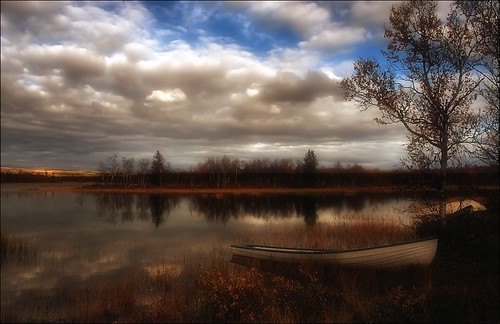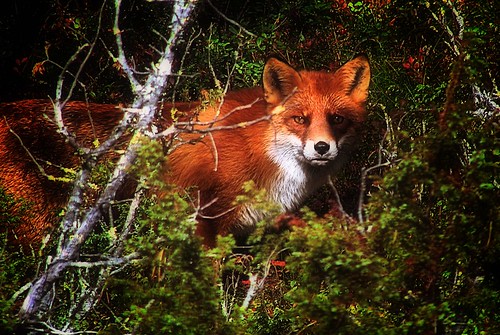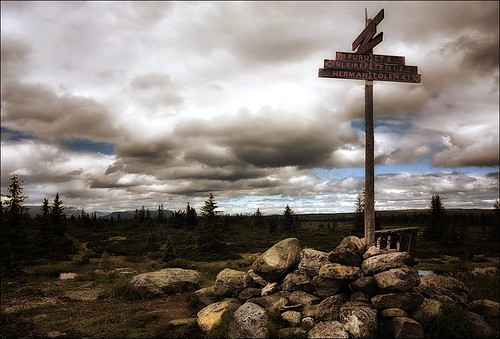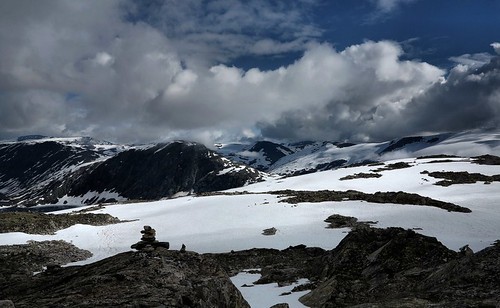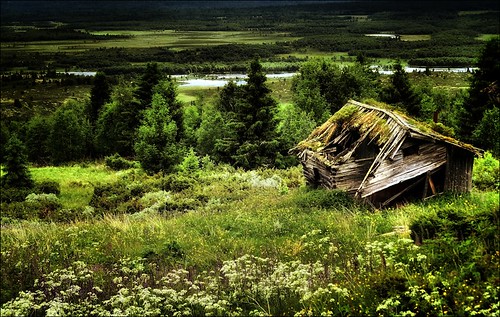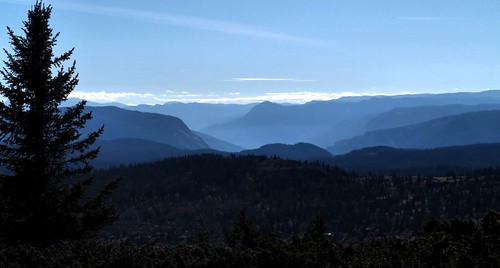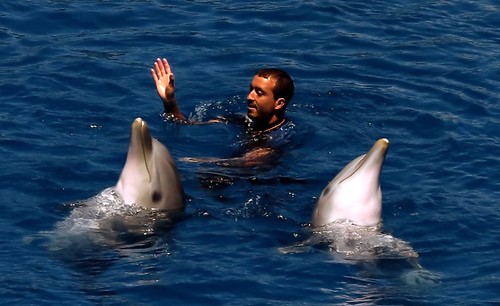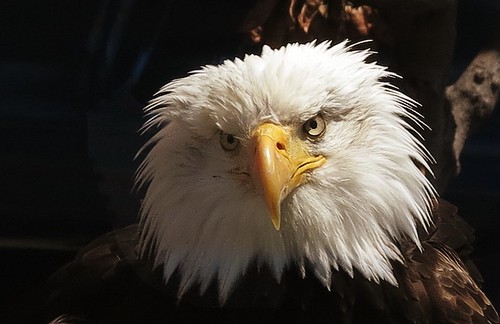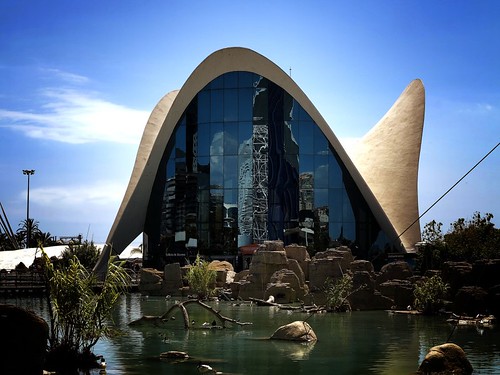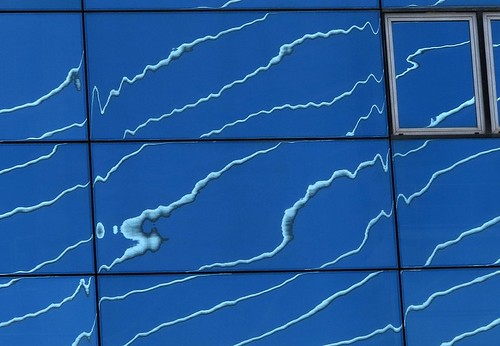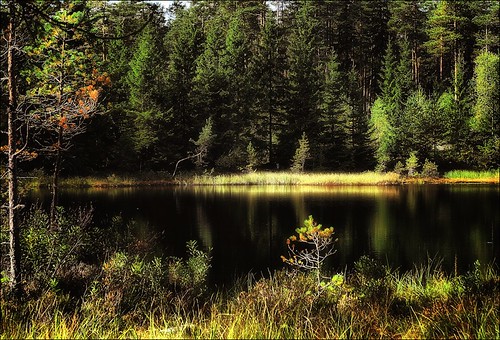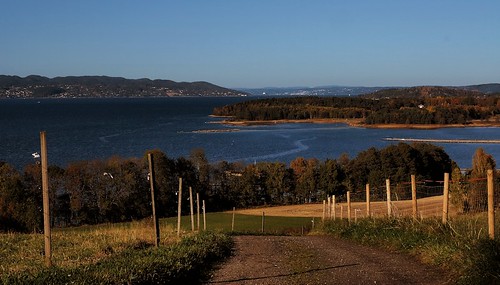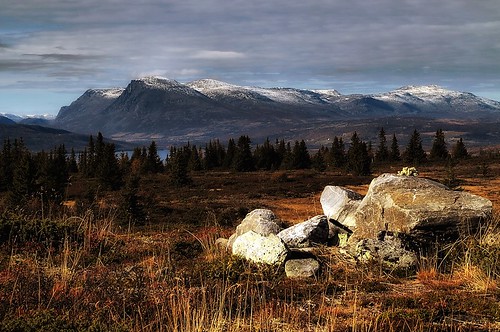December 22, 2013
Norway: Winter Solstice by the river Glomma
This photo is from my neighborhood in Norway SouthEast, app. 50km outside Oslo. The big river is Glomma and the "Smaalenene" bridge with the motorway E18.
The sun is setting early in the afternoon.
December 19, 2013
Is this Christmas?
And is this Christmas?
Is this Christmas?
Is this Christmas, my dear?
Is this Christmas?
Is this Christmas?
whatever happened to our festive cheer?
Lyrics from "Is this Christmas" by The wombat
Photo from "Ski Storsenter" (shopping mall) in Ski outside of Oslo, Norway.
A village where this big shopping mall soon will cover app. 80% of the former small house village city.
December 18, 2013
Norway: Going home for Christmas (2)
Today a photo of commuters "Going home for Christmas" at the railway-station in the village Askim some 60 km South-East of Oslo.
A good mix of children and adults carrying their parcels and suitcases to the train. The wet snow typical for this time of the year.
December 16, 2013
Norway - going home for Christmas
With some snow the road leading in to the white farm building in our neighborhood makes a fine setting for the title of today's photo: "Going home for Christmas".
With the washed out sky I took the liberty to add a soft Coffee filter in the sky.
The photo from a farm in the countryside to be found in Norway South-East.
Another contribution from my new super mirror-less camera: Lumix GX7
December 14, 2013
December morning in Norway South East
December morning in Norway South-East.
What a contrast returning from still sunny South of France to this land of snow and short days.
From this very morning of December this is what you find in the land of farms and fields a bit Southeast of our capitol Oslo. Through the night some wet, slippy snow had fallen - but of course it's this time of the year. Temperature around -2 Celcius (28F).
BTW My first upload from my new super mirrorless Limux GX7
December 11, 2013
December in Port-Vendres, South of France
December light in Port-Vendres, South of France
This part of France have for decades been popular amongst many artists for the fine light that is found here for different parts of the year and the day.
For a Norwegian visiting down here in December is maybe the good temperature as compared to snow and cold days in our own country the most tempting detail.
But as many know: In the north we have the long summer days, even with midnight sun. The downside of this is that we in December have the opposite, very short days with very long dark evenings and nights. In fact is the sun in this part of France offering days lasting 3 hours longer than we have up north. A sun raising at app. 9am in the morning and sunsets at 03.15pm for sure shorten the time for the daylight up north. And it is a delight having the sun from 8am to 5.30pm in this region.
The photos of today is from the deep harbour port in the small village Port-Vendres i Languedoc-Rousillon - Pyrenee Orientale.
December 8, 2013
History of the Port and the Semaphore station in Port-Vendres
Even before it became an important harbour of the Kingdom of Majorca during the 13th century, Port-Vendres had already been known since the 6th century BC by Greek navigators as « Portus veneris » (the port of Venus). There has always been an important shipping activity in this natural shelter.
From 1838 on, when France got involved in economical exchanges with North Africa, the port was enlarged and improved. It enabled Port-Vendres to become an important commercial port (“the shortest crossing and the most sheltered waters”). Goods and passengers traffic flourished and increased until 1962.
On the Cap Béar, to the south of the town, the lighthouse and the semaphore keep watch on the coast. The Cap Béar semaphore built in 1861, belongs to the French National Navy and is used to control the sea traffic and to establish weather forecasts.
December 7, 2013
Christmas Market in Chateau Royale, Collioure in South of France
For 10-12 days in December the big royal Castle in Collioure are filled with stalls and craftsmen offering their variety of articles covering all needs for christmas, The courtyard is filled with people, eating, drinking, children on ponys, catalan donkeys and camels. What a life. What a great way to bring life back to this summer castle for the long gone King of Mallorca.
From the net:
Today, the Royal castle is a tourist destination, a happier place to hang out and hosting one of the most sumptuous Christmas fairs in the area.
We went there with the kids who thoroughly enjoyed the hot chocolate and mince pies from Nigel and Catherine Bradley, the music, donkey rides and gaggling with the geese. There are live bands, camel rides for the brave, roasted chestnuts, mulled wine and crepes and loads of gorgeous stalls inside selling artisnal goodies.
It's on until the 9th December, entry is free. Not to be missed if you are in the area.
December 6, 2013
Cap Bear, France in December
The lighthouse at Cap Bear, France in December.
Strong winds have blown away any clouds in the sky and the clear air and light of the afternoon makes a top setting to have a photo of the old lighthouse at Cap Bear, just outside the harbour village Port-Vendres at the beginning of Cote Vermeille - not far from the border to Spain - that in fact can be seen from this lighthouse.
December 5, 2013
15:35 November afternoon in San Sebastian
In the afternoon the clouds was rolling in from the Bay of Biscay. Soon after the the grand beach Concha was in the grey afternoon light. But at 15:35 we still had the sun hidden behind the beach clock.
From the net:
San Sebastián or Donostia is a coastal city and municipality located in the Basque Autonomous Community, Spain.
It lies on the coast of the Bay of Biscay, 20 km (12 miles) from the French border.
Capital city of Gipuzkoa, the municipality's population is 186,122 (2011), with its metropolitan area reaching 436,500 (2010). Locals call themselves donostiarra (singular), both in Spanish and Basque.
The main economic activities are commerce and tourism, and it is one of the most famous tourist destinations in Spain. Despite the city’s small size, events such as the San Sebastián International Film Festival have given it an international dimension. San Sebastián, along with Wrocław, Poland, will be the European Capital of Culture in 2016.
December 3, 2013
The beach of La Concha, San Sebastian
4 photos stitched from the grand sandy beach in popular San Sebastian in Spain. (try out the pano version: original upload)
From the net:
The Beach of La Concha (Basque: Kontxa Hondartza, Spanish: Playa de La Concha is a beach in the Bay of La Concha (Shell, in Spanish, due to its shape) in San Sebastián (Basque Country). It is one of the most famous urban beaches in Europe.
It is a sandy beach and shallow substrate, in which the tide fluctuation affects greatly the area available for use. It can be considered an urban beach in widespread use.
November 28, 2013
The sand painter in San Sebastian
What an idea to make this huge sandpainting at the largest beach in San Sebastian, Spain.
Impressive work on an afternoon in November.
November 26, 2013
A vineyard walk around Collioure in November
A walk in the Vineyards of Collioure in November is interesting as the harvest is over and the fields without grapes looks a little "lost".
Still the landscape is there and especially in the hilled landscape around Collioure your tour offers a great landscape to explore.In this 2 photos stitched you will see the Alberes mountains at the left and to the right the small fortification Fort St. Elme.
Some more of collioure wines from the net:
Red Collioure is characterized by its intensely ripe, fruit aromas and elements of spice, while the white version is the richest of French white wines, full-bodied and deeply perfumed.
Grenache, Syrah and Mourvedre make up 60% of any Collioure blend, with Carignan and Cinsaut forming the remaining 40% in varying proportions. Mourvedre is not part of the Banyuls wine blend, so all Mourvedre grapes grown here are intended for Collioure wines. The rose wines are made from these same principal grapes, but with an addition of up to 30% Grenache Gris. Collioure white wines – a new addition to the appellation's output, as mentioned above – are made predominantly from Grenache Blanc and Grenache Gris.
The wines from this part of France are evocative of the landscapes where they are grown. The villages and vineyards of Cerbere, Collioure, Port-Vendres and Banyuls are popular tourist destinations, perched on high cliff tops overlooking the western Mediterranean below.
(Published by Wine-Searcher.com | Last updated 24-Feb-2013 by Wine-Searcher Staff).
November 25, 2013
Mont Canigou, alt. 2785m - in South of France
Some info from the net:
The Canigou, el. 2,784.66 m. Is a mountain located in the Pyrenees of southern France.
Due to its sharp flanks and its dramatic location close to the coast, until the 18th century the Canigou was believed to be the highest mountain in the Pyrenees.
Spectacular jeep tracks on the north side of the massif lead to the Chalet de Cortalets (at 2150 m.) which is a popular outpost for walkers.
There are two ancient monasteries at the foot of the mountain, Martin-du-Canigou and Saint-Michel-de-Cuxa.
This mountain has symbolical significance for Catalan people. On its summit there is a cross that is often decorated with the Catalan flag. Every year on 23 June, the night before St. John's day (nit de Sant Joan), there is a ceremony called Flama del Canigó (Canigou Flame), where a fire is lit at the mountaintop. People keep a vigil during the night and take torches lit on that fire in a spectacular torch relay to light bonfires somewhere else.Some estimates conclude that about 30,000 bonfires are lit in this way all over Catalonia on that night.
November 24, 2013
The Christmas market in Perpignan
The idea of the small lumber build chalets is quite charming - still entering into a christmas mood is a bit difficult. To be true what reminded me most of a Christmas setting was this visiting dog - a distant cousin to a Greenland Husky - very Christmas "lookalike".
I am afraid I had to do some PP to have the bleached colors of the afternoon to "glow" and adding some warm setting to the motif.
..anyway very interesting to see a Christmas Market in the very south capital of Languedoc-Rousillon: Perpignan.
November 23, 2013
Roses in spain - 2 photos panorama stitch
Some history from the net:
Roses, Spanish: Rosas is a municipality in the comarca of the Alt Empordà, located on the Costa Brava, in Catalonia, Spain.
The origins of Roses (Greek: Rhode) are disputed. A popular theory holds it was founded in the 8th century BC by Greek colonists from Rhodes. It seems more probable, however, that it was founded in the 5th century BC by Greeks from Massalia (Marseilles), perhaps with an admixture of colonists from neighbouring Emporion (today's Empúries).
Remains of the Greek settlement can still be seen. Remains from the Roman period go back to the 2nd century BC and continue well into Christian times with a paleochristian church and necropolis.
After the collapse of Roman power the town seems to have been abandoned, but a fortified settlement from the Visigothic period has been excavated on the nearby Puig Rom.
The monastery of Santa Maria de Roses is mentioned for the first time in a document of the year 944. Around this monastery grew the mediaeval town of Roses, which fell under the shared jurisdiction of the abbots of Santa Maria de Roses and the counts of Empúries. In 1402 the county of Empúries was incorporated in the Crown of Aragon and Roses acquired the right to organize its own municipal governmentand the economy.
November 22, 2013
Hiking in (not on) Roses in Spain
Roses have become a typical tourist town in the North East Spain, Catalunia.
Walking the coast hike in November - passing lots of empty apartment houses in the hilled landscape is almost like passing some ghost houses empty of people. This coast hike was originally made by smugglers bringing their goods between Spain and France.
Roses have a most interesting story being thrown between Spainish and French "ownership" throughout the years (here some more from the net):
In the first decades of the 16th century Roses suffered repeatedly from attacks by privateers from North Africa. To counter this threat, Charles V ordered the construction of extensive fortifications in 1543.
In spite of these precautions, a naval squadron led by the Turkish admiral Barbarossa attacked and plundered the town some months later.
After substantial revisions, the fortifications were completed in 1553, under Charles's son Philip II. The entire medieval town was now enclosed by a bastioned pentagonal wall.
The defensive system was supplemented by the Castell de la Trinitat, some 2.5 km to the east. The town received a permanent military garrison, which changed its character profoundly. To minimise friction between the citizenry and the soldiers, barracks were constructed, but this did not prevent a gradual movement of part of the population outside the walls, where the modern town of Roses now is.
In the following centuries the fortifications were severely tested. In 1645, during the Catalan Revolt, French troops besieged Roses and captured it. The Treaty of the Pyrenees (1659) restored the town to Spain.
In 1693, during the War of the Grand Alliance the French captured the town again. This time the French occupation lasted until the Peace of Ryswick in 1697. In 1712, during the War of the Spanish Succession, Austrian troops tried to take the city, but were driven off.
In 1719, during the War of the Quadruple Alliance, the French again attacked, and but failed to take Roses.
After a long period of relative calm the Wars of the French Revolution ushered in a new round of hostilities. In 1793 the French revolutionary government declared war on Spain. At first, the Spanish armies won a foothold in France, but in 1794 the revolutionary armies invaded Catalonia. The Siege of Roses lasted from 28 November 1794 until 3 February 1795, when the garrison was safely evacuated by a Spanish naval squadron, except for 300 unlucky soldiers. The town was surrendered to France, but the war between France and Spain ended at the Peace of Basle signed in July 1795. The city quickly returned to Spanish control.
In 1808, Emperor Napoleon I of France forced King Charles IV of Spain and his son Ferdinand to abdicate and installed his brother, Joseph Bonaparte on the throne. When the Spanish people revolted against this high-handed behavior, French armies invaded the country again in the Peninsular War. The fourth and last Siege of Roses occurred in 1808. During this operation, the famed Scottish captain of the Royal Navy Thomas Cochrane assisted the Spanish by putting his men into Castell de la Trinitat to help defend the town. The Scot stayed until the citadel and the town surrendered, before finally evacuating himself and his men.
In 1814, when the defeated French withdrew from Spain, they blew up the town's fortifications along with the Castell de la Trinitat. At this time, the ancient town, called the Ciutadella, was completely ruined. Meanwhile, to the east the modern town slowly continued to grow.
November 19, 2013
Port-Vendres in November
After many days of strong wind the waves outside the small harbour of Port-Vendres in South of France is filled with whitetopped waves. While the waters inside the wavebreaker still is more calm.
It is interesting to see those changes of Cote Vermeille through different seasons.From the net:
Even before it became an important harbour of the Kingdom of Majorca during the 13th century, Port-Vendres had already been known since the 6th century BC by Greek navigators as « Portus veneris » (the port of Venus). There has always been an important shipping activity in this natural shelter.
From 1838 on, when France got involved in economical exchanges with North Africa, the port was enlarged and improved. It enabled Port-Vendres to become an important commercial port (“the shortest crossing and the most sheltered waters”). Goods and passengers traffic flourished and increased until 1962.
November 18, 2013
Face painted at the Christmas market
Amongst all the activities going on we found this little girl very serious about her face painting that made her appear this way.
The event took place in the small village Vinca - by the foot of the high mountain Canigou (alt. 2800m) - also said to be the holy mountain of the Catalans.
November 15, 2013
The beautiful blue colors of Collioure
November 13, 2013
Cote Vermeille in the South of France - a panorama
KLICK HERE FOR THE ORIGINAL, LARGE VERSION>>
In November there is often wind blowing from NorthWest (in the very back you can see the line of mountains raising beyond the Rousillon landscape from where the wind come howling.)
More of Port-Vendres from the net:
Port-Vendres (Catalan: Portvendres) is a commune in the Pyrénées-Orientales department in southern France.
A typical Mediterranean fishing port, situated near the Spanish border on the Côte Vermeille in south west France, Port-Vendres is renowned for its numerous fish and sea food restaurants.
Port-Vendres is one of the few deep-water ports in this part of the French Mediterranean coast. It takes freighters and cruise ships, as well as large and small fishing boats which may be seen arriving with their daily catch.
Collioure and Port-Vendres have therefore been used for different purposes - Collioure for small commercial ship and Port-Vendres for larger vessels and military transports. During the 20th century, this made it a main point of embarkation for French troops going to serve in Algeria.
November 11, 2013
The Tramontane in Southern France
From the net:
The Tramontane
The dominant wind of the Languedoc region is the Tramontane. The Tramontane is powerful, dry and cold, and blows from the north or the northwest. It gathers its speed and power in the same way as the Mistral does, passing through the narrow corridor between the Pyrénéan Mountains and the Massif Central, and being created by the meeting of the high pressure from the Atlantic with the low pressure of the Mediterranean in the Golfe de Lion.
The areas of France most affected by the Tramontane are the Languedoc Littoral, that is, the coastal areas of the Languedoc all the way along the west to Spain, and the inland areas of the Hérault , the Pyrénées-Orientales and the southern Aude. In certain areas, notably the eastern Languedoc and the western regions of Provence, the Tramontane can merge with the Mistral.
November 10, 2013
November in South of France
Some info from the net:
The gem of the Catalonian coast, Collioure is encased in a small rock bay, with the Alberes Mountains practically pushing her into the sea.
Collioure has managed to escape any of the real estate development that has devoured the coast of Roussillon down to Argeles-sur-Mer, six miles away. The town has kept much of its unique medieval character.
The Royal Castle separates the bay and is surrounded on one side with cafes, shops and art galleries. Caught between the bay and the sea stands the church, adjacent to the ancient lighthouse that now serves as a bell tower. The rose dome atop the tower is the trademark of romantic Collioure.
November 7, 2013
Migrating to the South of France
All this motivates us to go South to our place in the small village Collioure right by the border to Spain. If not for the whole winter - still for an extended period now in the diversion between autumn and winter.
The photo above from the port to the deep sea harbour in Port-Vendres on a fine day of August
November 6, 2013
The first snow in our mountain valley
It is that time of the year and yesterday we had a report of the first snow for the season from our mountain valley in the Central mountains of Norway.
It gave us a fine excuse to pick out this photo of a neighbor cottage from Dec. last year.
November 3, 2013
Autumn tranquility by a mountain lake
November 1, 2013
What does the fox says
Pointy nose
Chasing mice
and digging holes
Up the hill
Suddenly youre standing still
So beautiful
Like an angel in disguise..."
October 31, 2013
Navigating in the Norwegian mountains before the GPS
For safety I also bring my tradtional map and compass.
Whatever navigation tools we have you will also find the stone cairns with or without path signs many places along your way. Not least we have in our mountains houndreds of paths marked with a red T - corresponding with a net of paths made by the Norwegian Tourist Association (Turistforeningen).
In today's photos you will find some examples of the tradtional stone cairns markings in the mountains of Central Norway.
October 30, 2013
Last summer for the summer mountain farm
Seen here the remains of a summer farm in Valdres, Norway, which up to resently sheltered cows and sheeps in the summer from June to September. Traditionally the animals was walked up from the farms in the valley and to the summer farm. The last years they was transported in trucks.
The practice of summer pasture farming is ancient, almost as old as farming is here in this country. Archaeological finds uncovered in mountain valleys witness that summer farming took place already in the Iron Age, in the 7th century.
Summer pasture farming has been – and is – an integrated element of Norwegian agriculture, that is, first and foremost with regard to production of milk from cows and goats. Summer farming was first regulated in the laws that were laid down in the 12th century. According to the Gulatingslova (old Norwegian law) if a farmer did not herd his cows and goats to the summer pasture, he could be reported for illegal grazing – "grass robbery". In olden times cows produced 2⁄3 of their annual production in the summer farming period, and in a wintry country (like Norway) it was vital to process this raw material into food that could be stored and used throughout the long winter.
For more of the summer farms visit the complete article at "Olavsrosa" right here:
www.olavsrosa.no/en/redaksjonelt.aspx?id=146726
October 29, 2013
Hallingdal the valley between Oslo and Bergen
Both a main road and the central railway line between the captol Oslo and the leading city by the westcoast: Bergen - pass in the valley down there in the afternoon mist .
Photo from Golsfjellet - Storefjell resort hotel.
October 28, 2013
Autumn vista from Golsfjell
October 27, 2013
Dolphine dances in Valencia, Spain
October 26, 2013
An American Eagle in Spain
October 24, 2013
October 23, 2013
October 21, 2013
More reflections from Valencia, Spain
October 20, 2013
Reflections in Valencia, Spain
October 18, 2013
More from the park of art and sciences in Valencia, Spain
October 17, 2013
Valencia - City of Arts and Science
In the back you can see the countour of the Museo de las ciencias
October 16, 2013
Just another pond in Norway
There must be thousands of small ponds around the forested landscape of Norway SouthEast.
This is just another one - a place to sit down taking time for a little contemplation
October 14, 2013
Autnum by the Oslofjord
October Sunday at the island Jeløya in the Oslofjord, looking northwest. A perfect day for biking around this small island.
October 6, 2013
Mont Skogshorn, Norway in the autnum
In the autnum light and the colder temperature this magnificent and well known mountain in the Valdres region of Norway South is already covered with a thin layer of snow at it's peaks.
September 25, 2013
As a cruise ship leaves Oslo
In this photo it was an afternoon with some clouds sourronding the low sun right south of the Oslo harbour. Photo capture from Fjellstrand, Nesodden.
